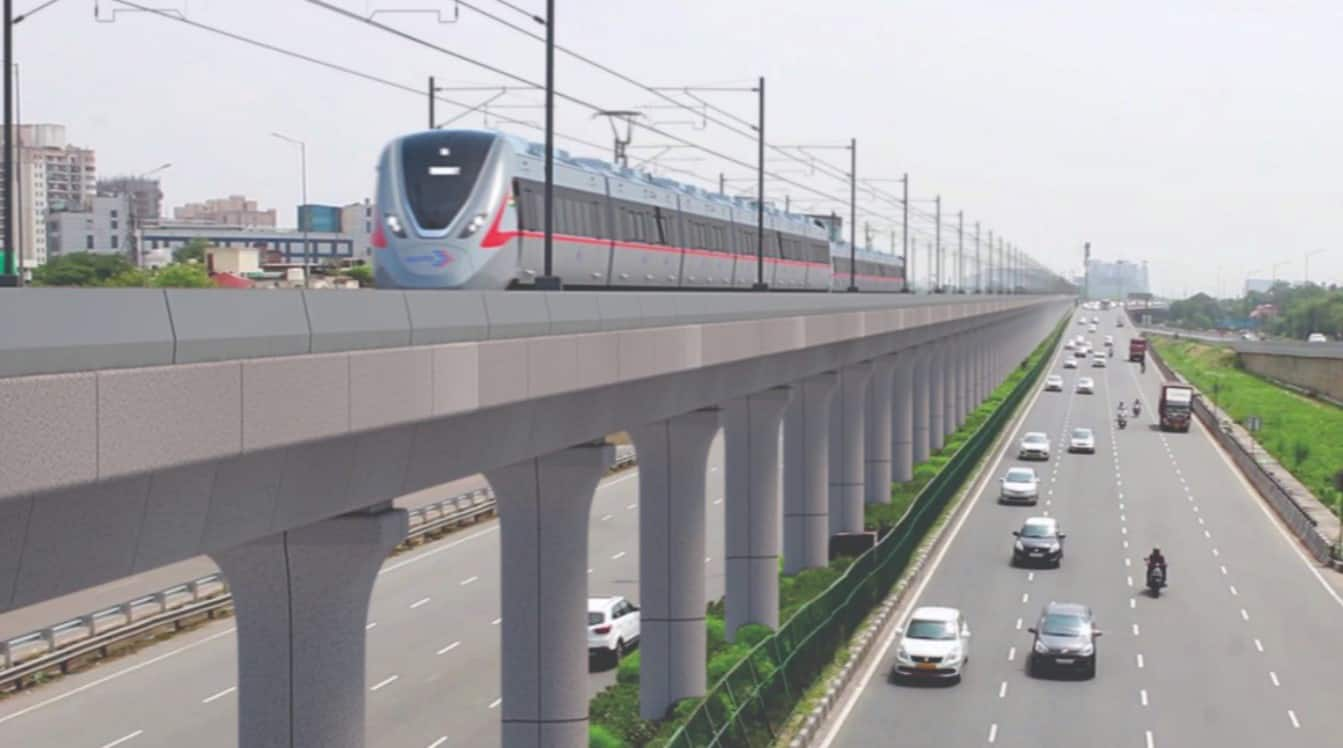Septa9739
Lead Service Attendant
I think this question is tangential to the thread on Andy Buford and Penn Station expansion: Was Midtown Direct a mistake?
I think it was. In the biggest cities across the world, it seems plainly understood that multiple terminals are necessary to effectively manage passenger and train volumes. In approaching New York from the west, this was achieved from several private railroads operating only as far as ferry terminals and a connection available. The Pensy won for itself a huge advantage In completing the trans-Hudson tunnels. That advantage continued well after the Pensy faded into memory. The infrastructure that supported the project was only designed to hold so much capacity. It is my assertion that Midtown Direct, by moving over 150 trains to the ex-Pensy caused a severe disruption to the balance. Those extra 150 trains caused the hideous congestion Amtrak is now fighting and made New York into the chokepoint it is today, necessitating billions in otherwise unnecessary capital work. Those slots should have been retained to allow for more service on ex-Pensy services, that would have allowed better Secaucus connections, more intercity service, and most importantly, better maintenance. One-seat rides are not always possible and not always worth the expense of funding them. Sandy made Amtrak figure out they needed to replace the tunnels. Then they decided they needed four tunnels. Then they figured out the trains from four tunnels won’t fit, so they need a bigger station. It’s very Dave Gunn of me to say but sometimes the glamorous solution isn’t the best one. If Gateway were really only about Sandy damage, it would be done by now, but since it’s also, even more so about Paul quietly repaying Peter for Midtown Direct, the sell is much harder.
I think it was. In the biggest cities across the world, it seems plainly understood that multiple terminals are necessary to effectively manage passenger and train volumes. In approaching New York from the west, this was achieved from several private railroads operating only as far as ferry terminals and a connection available. The Pensy won for itself a huge advantage In completing the trans-Hudson tunnels. That advantage continued well after the Pensy faded into memory. The infrastructure that supported the project was only designed to hold so much capacity. It is my assertion that Midtown Direct, by moving over 150 trains to the ex-Pensy caused a severe disruption to the balance. Those extra 150 trains caused the hideous congestion Amtrak is now fighting and made New York into the chokepoint it is today, necessitating billions in otherwise unnecessary capital work. Those slots should have been retained to allow for more service on ex-Pensy services, that would have allowed better Secaucus connections, more intercity service, and most importantly, better maintenance. One-seat rides are not always possible and not always worth the expense of funding them. Sandy made Amtrak figure out they needed to replace the tunnels. Then they decided they needed four tunnels. Then they figured out the trains from four tunnels won’t fit, so they need a bigger station. It’s very Dave Gunn of me to say but sometimes the glamorous solution isn’t the best one. If Gateway were really only about Sandy damage, it would be done by now, but since it’s also, even more so about Paul quietly repaying Peter for Midtown Direct, the sell is much harder.























































